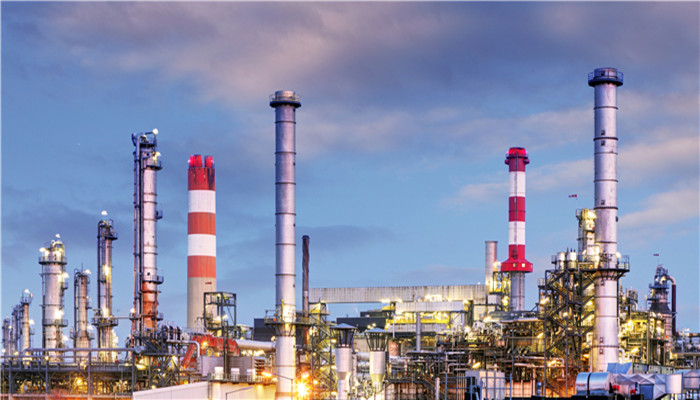
The cost of blue hydrogen may be reduced, and refineries are its key downstream users.
Blue hydrogen is hydrogen produced by capturing, utilizing and storing carbon dioxide by-products (CCUS) on the basis of gray hydrogen. It is an important stage in the transition from gray hydrogen to green hydrogen. Although blue hydrogen can reduce carbon emissions by 90%, the storage conditions for carbon dioxide are very harsh, which limits the development of blue hydrogen to a certain extent. Industrial Research Center issued the 2022 Global and China Blue “Hydrogen Industry In-Depth Research Report” shows that the global blue hydrogen market size may grow from US$18.2 billion in 2022 to US$44.5 billion in 2030, with a compound annual growth rate of 11.9%. Rising demand for hydrogen from refinery, transportation, and power generation facility applications is driving the growth of the blue hydrogen market size.
Steam methane reforming (SMR) is the fastest growing technology area
Steam methane reforming (SMR) technology accounted for the largest market share in the blue hydrogen market in 2021. SMR is a cost-effective and energy-efficient method of producing hydrogen. Since the raw material (methane) is easily available, it is widely used. At present, steam methane reforming (SMR) technology has matured, and there is limited room to improve efficiency. CCUS is a key link in reducing the levelized cost of blue hydrogen (LCOH). Under the premise of stable feed gas prices, reducing the cost of new carbon capture devices after the transformation of existing SMRs has become the focus of cost savings. It can also improve the efficiency of SMRs. In addition, improving other continuous processes and thermal efficiencies can also slightly reduce SMRs. cost. It is expected that by 2030, the life cycle cost of SMR may be reduced by 10%-25%, and the life cycle cost of carbon capture may be reduced by 20%, which will reduce the total unit cost of blue hydrogen by 15%-20%.
According to end users, the refinery may become the most important demand party in the blue hydrogen market
Demand for blue hydrogen from refineries is expected to grow at the highest growth rate from 2022 to 2030. The growth in global demand for oil and natural gas in various applications, such as plastics production, transportation and power generation, has driven the growth of demand in this segment. Demand is rising rapidly, which has promoted the use of blue hydrogen in refineries.
North America may become the world’s largest blue hydrogen regional market
During the forecast period, North America may become the world’s largest blue hydrogen regional market, followed by Europe. The growth of the blue hydrogen market in North America is mainly due to the increased demand for hydrogen fuel cell vehicles in the region and the number of hydrogen refueling stations in the United States and Canada, which have stimulated increased investment by production companies in the region, thereby promoting the growth of the entire regional market.
Currently, the major players in the global blue hydrogen market include: Shell (UK), Linde (Ireland), ExxonMobil (US), Air Liquide (France), and Air Products (US).

 微信扫一扫打赏
微信扫一扫打赏

